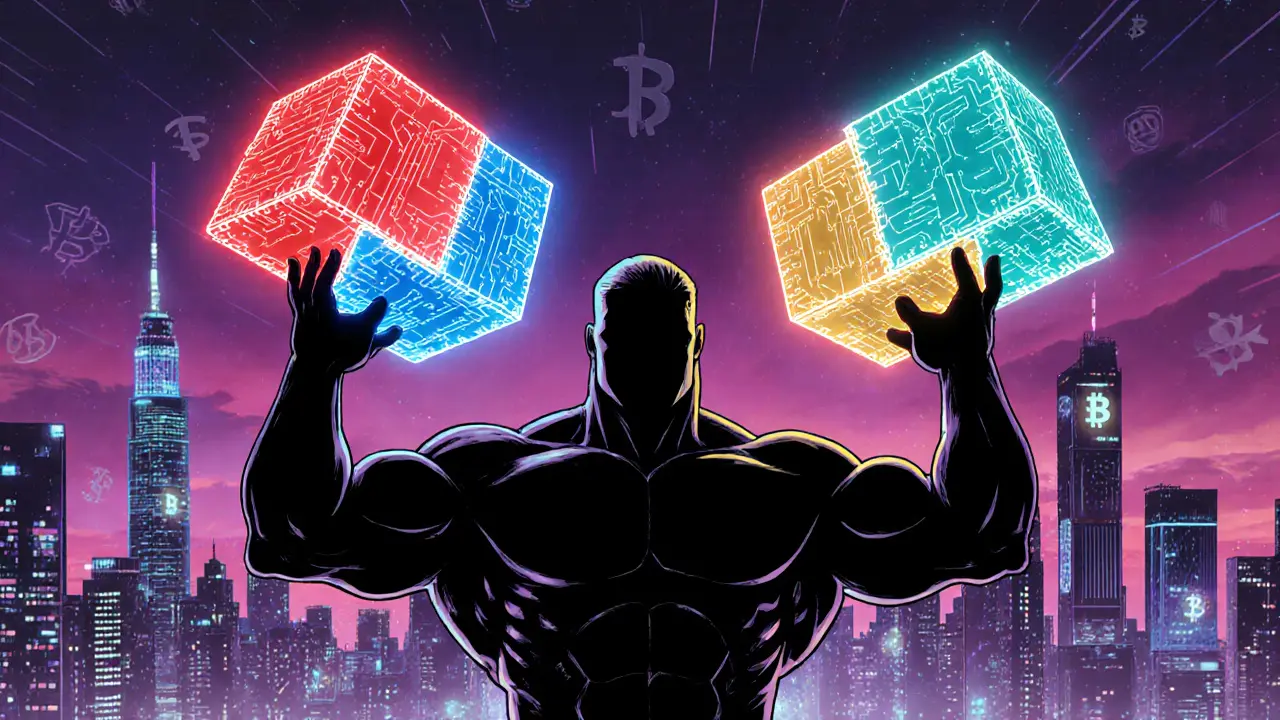When you hear the term Future of Blockchain, the next phase of distributed ledger tech that will power finance, data sharing, and digital trust. Also known as blockchain evolution, it promises faster settlements, new business models, and tighter integration with traditional markets. This evolution encompasses advances in Blockchain Security, techniques that protect chains from attacks and ensure data integrity, while also requiring clearer Regulatory Landscape, global policies that balance innovation with consumer protection. Below we break down how these forces shape what’s coming next.
One of the hottest trends is the rise of Decentralized Exchanges, platforms that let users trade assets without a central authority. DEXs lower fees and boost liquidity, but they also push developers to build better UI/UX and stronger custody solutions. Another game‑changer is Restaking Protocols, systems that let stakers lock their assets again to secure additional services. Restaking amplifies security, creates new revenue streams, and influences scalability decisions for multiple chains. Together, these innovations drive the future of blockchain, making it more accessible, resilient, and interoperable.
Regulators are catching up fast. In 2025 we saw new licensing frameworks in Indonesia, Thailand, and the UAE, each demanding higher capital buffers and robust AML checks. Those rules shape how exchanges operate, which in turn affects the types of tokens that can be listed and the speed at which new projects launch. At the same time, privacy battles—think Monero vs. Chainalysis—continue to evolve, forcing developers to balance anonymity with compliance. All of these pieces—security, DEX growth, restaking, and regulation—create a web of dependencies that define where blockchain technology heads next.
Below you’ll find a curated set of articles that dive deep into each of these areas. From airdrop mechanics to hash collision risks, from exchange reviews to the latest on restaking, the collection gives you practical insights and actionable takeaways to stay ahead in the rapidly changing blockchain landscape.

Explore how modular blockchain architecture splits execution, consensus, data availability, and settlement into layers, boosting scalability and shaping the future of crypto.